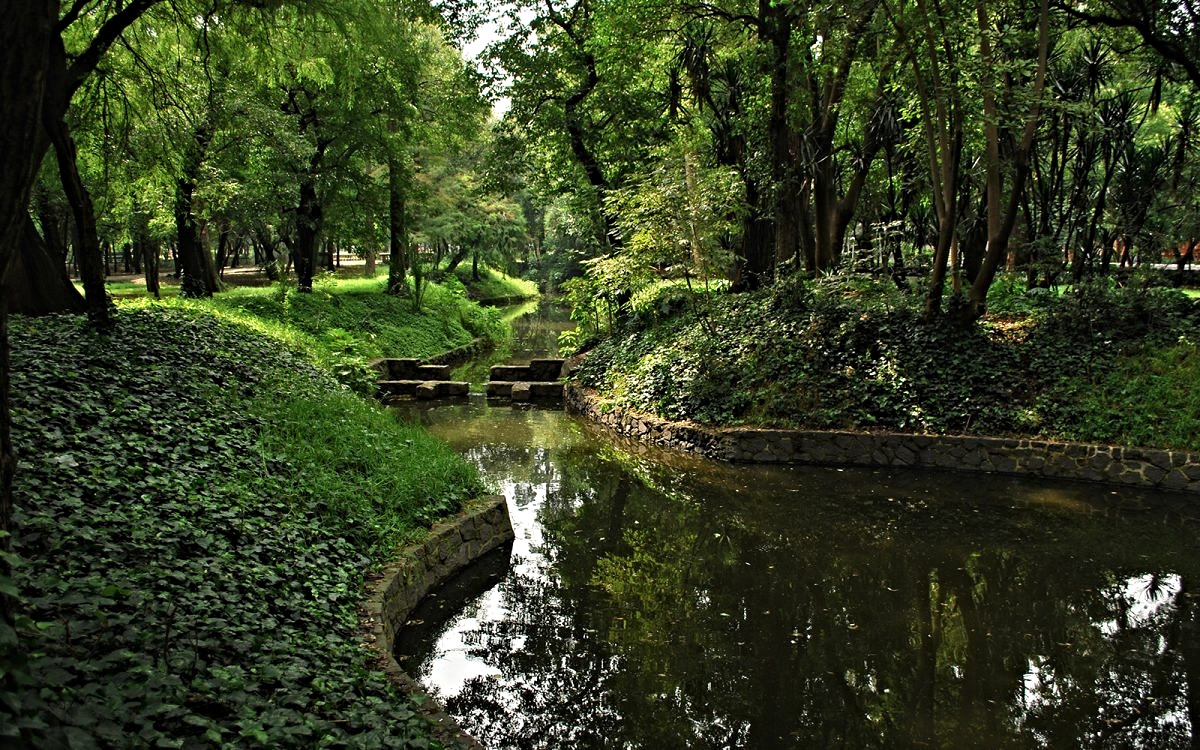
Baths of Chapultepec
The area’s springs supplied Tenochtitlan and then Mexico City with water until the beginning of the 20th century.


In the 15th century, the Bosque de Chapultepec area was crisscrossed with a series of aqueducts that carried water from nearby streams to these baths and temascal saunas. In those days, it was the greenest part of the valley.
The area’s springs supplied Tenochtitlan and then Mexico City with water until the beginning of the 20th century.
Archeological studies have found that the pools, canals, and aqueducts were built with cypress and willow trees. The legacy of these towering trees is still visible around the remaining structures.
Rocks engraved with the figures of governors, dates, and symbols referring to different periods of history have also been uncovered here. One particularly interesting find is the monolith carved with the Montezuma’s image embedded in the side of the hill.
Since 2018, the INAH (National Institute for Anthropology and History) has meticulously studied of the area after finding three extraordinary relics—fragments of a colonial-era aqueduct that carried water from Santa Fe to the Alameda Central zone, two water lines which ran from water tanks set at the foot of Chapulín hill to the Baños de Moctezuma, and segments of three recreational or medicinal pools built in the 1870s to transform the wooded springs into European-style public baths.
Baños de Moctezuma, Gran Avenida, Panteón Civíl de Dolores, Mexico City, CDMX, Mexico
See map
 Highlights
Highlights
 Highlights
Highlights
 Highlights
Highlights
 Highlights
Highlights
 Highlights
Highlights
 Highlights
Highlights
 Highlights
Highlights
 Highlights
Highlights